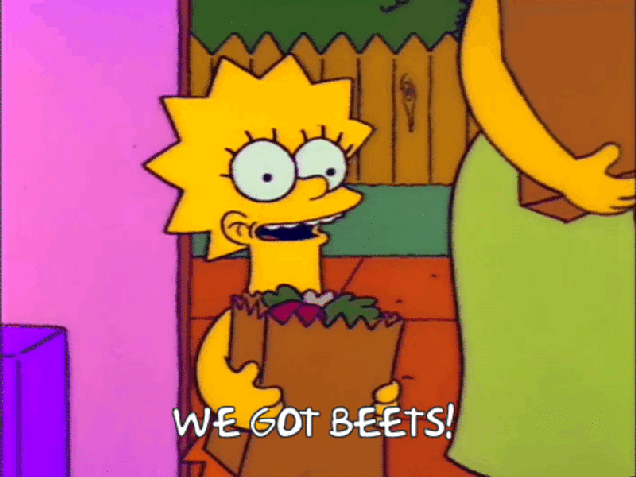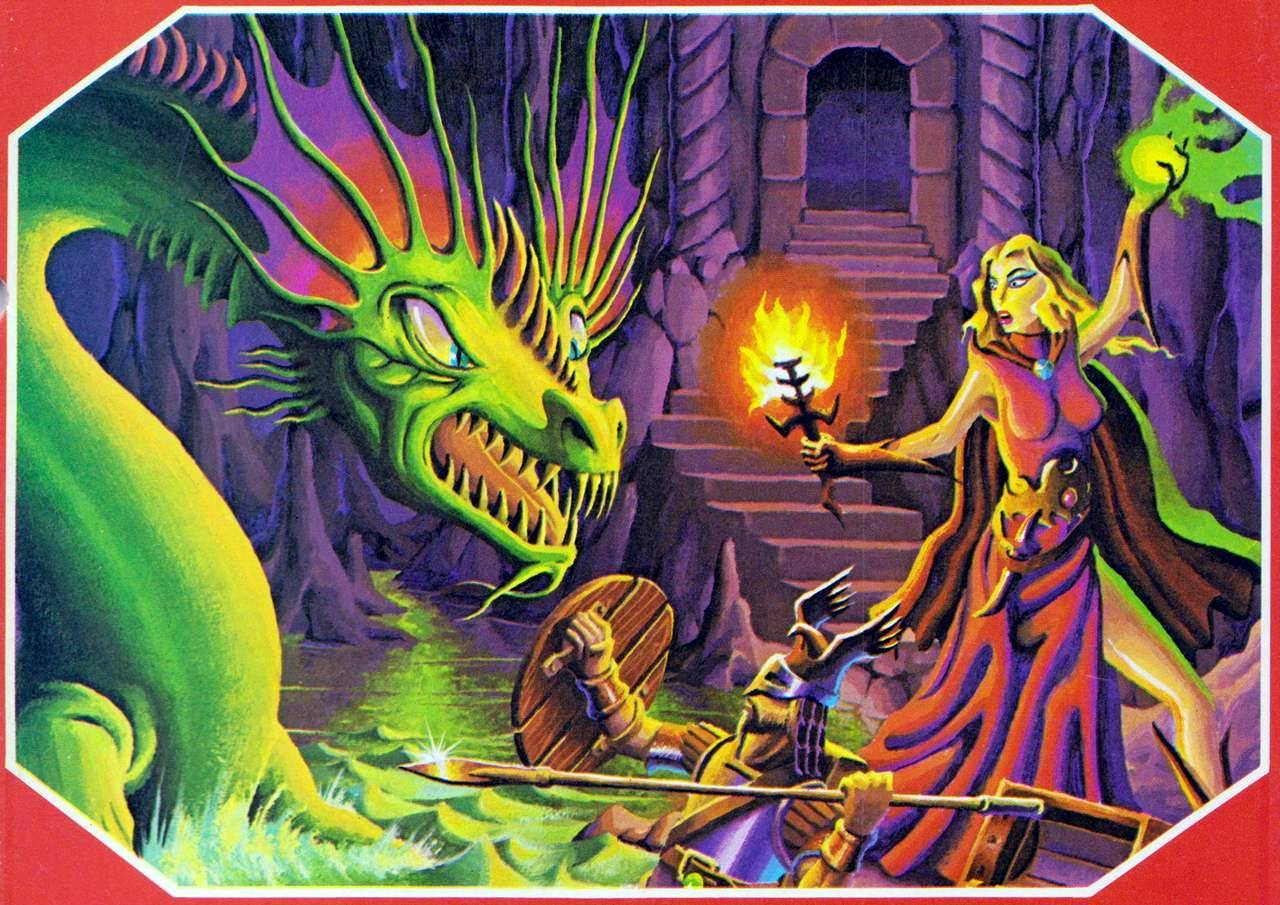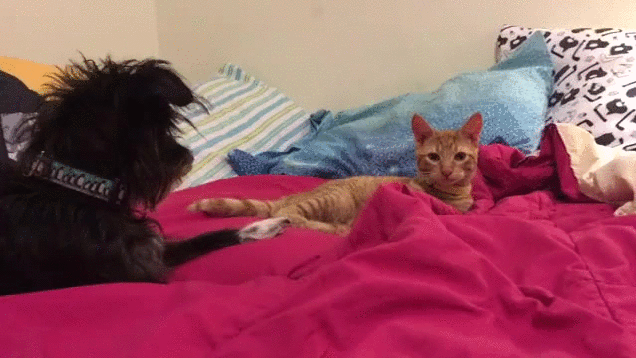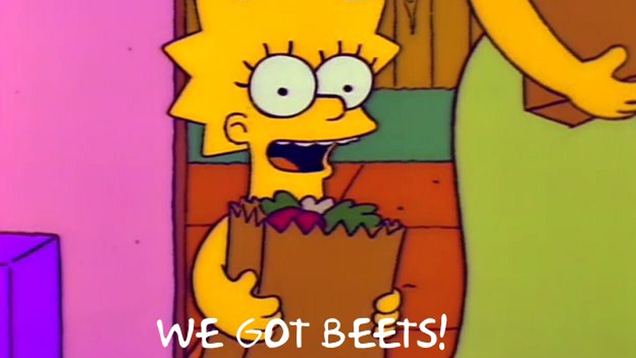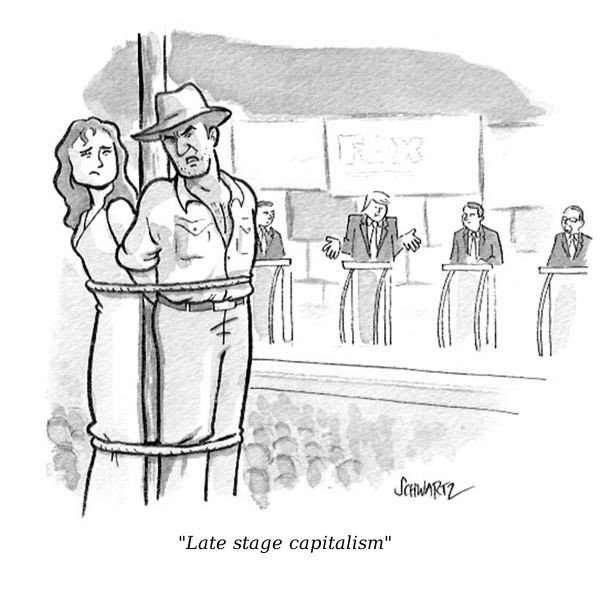So over
on the 99% Invisible podcast* they have a whole episode about the history and functions of Der Giftschrank--"the poison cabinet"--which is not a low-hiss goth-industrial band (ok, probably by now it is, but anyway…) but a locked area in a library where restricted-access books are kept.
These things are not unheard of- in the kinds of fiction we make games from--there's the Forbidden Books section of the library in a Simpsons Halloween episode and if you read pulp horror novels from the 70s it's obvious the Vatican Library consists of nothing but evil devilbooks--but the existence of Giftschranke--and not just outright banned books--imply several interesting (and gameable) things that deserve to be looked at in more detail...
1. Ideas are dangerous
The concept of dangerous information is a commonplace--the Panama Papers, blackmailables, rocket fuel formulae, hoaxes, datatheft in Shadowrun, etc.--the concept of a dangerous idea, however is a lot more arcane and more fun.
Outside concrete facts (real or fake) that people don't want other people to know or believe, there are a few ways ideas can be dangerous:
Heresies--This can run from the Phibionites to like Cthulhu worship.
Political propaganda--After WWII, Mein Kampf was placed in Der Giftschrank.**
Erotic works--Ideas upsetting to gender norms and whatnot or just, like, smutty pictures. Franz Von Bayros was in Der Giftschrank in the Yale art library.
Malculture--Ideas and images that are not overtly propagandistic but which are considered to make bad social practices seem desirable. During the Cold War, the East Germans kept American fashion magazines in Der Giftschrank.
This last category is probably the most interesting and underexplored in game settings--because it speaks not to the kingdom's fear of evil clerics (been there), rival kingdoms (done that), or naughty bits (a cliche as old as Dragonmirth) but to the society's view of what makes itself different philosophically from its neighbors and what it thinks could destroy that. The Giftschrank says not only "we are not fashion magazines" but "we could be ruined by widespread dissemination of fashion magazines". What is in a setting's Giftschranke on cultural grounds tells you a lot about every single NPC from that setting and a lot about how PCs will be received.
Would Minas Tirith have Giftschranked literature depicting the joys of a simple rural life as undermining to the values of self-sacrifice and duty it demanded of young men holding the line against Mordor? Would The Hobbit itself have, therefore, been 'schranked?
Actually, probably not, because of one of the other interesting things about Giftschranke…
 |
| Poison Idea |
2. The Society Thinks These Dangerous Texts Need To Be Studied
…I see Minas Tirith more as a book-burning town and Giftschranking isn't burning--or banning. The Giftschranke speaks to fear of ideas, true, but it also speaks to the admirable (per se) and sophisticated notion that even bad ideas need to be understood--all the better to combat them. Giftschranking restricts but does not prohibit access.
Reasons a culture might want to study 'Schranked texts:
Ulterior: Like secretly the Pope is a Chaos Cult member or jerks off to the saucy books. Like most hoary plot cliches, it's as dull in theory as it is useful in practice.
Forensic: If the authors of the dark text or their acolytes are yet among the living, the works may contain clues to hunting them down. Clearly the easiest schrankenmotiv to work into a game.
Scholarly: People just read this stuff to compile histories or studies or whatever. Suggests a relatively sophisticated culture where people have a lot of free time to do disinterested research. These kinds of individuals and institutions are unusual in fantastic settings (as they are in life) but can be a rich source of random gp-for-mcguffin fetch quests--again, as they are in life.
Rhetorical: This is mentioned in the podcast--reading a text makes it easier to refute its arguments. This is fun in a game because it suggests soft power and genuine persuasion are an engine in the setting rather than the more obviously gameable route of conversion by the sword. All across the kingdom there are clerics and monks explaining that rain can't be the tears of the Inestimable Cloud Titans because cloud titans are known to be warm-blooded and clearly…etc They make posters and have bake sales when they spread the word. The subtle permeations of propaganda can be fun because they are often unrecognizable as such at first. Like the Gnithians may be shocked to see that--counter to what they've been told for centuries-- elves do not actually fear water.
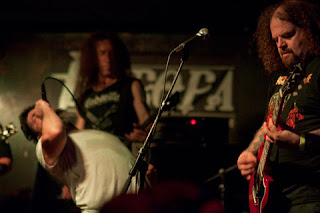 |
| Venomous Concept |
3. Access To the Giftschranke Is Limited To The Worthy
Depending on the reason for the 'Schranking and the Gifting, access will be limited in one or more of the following ways:
Only the learned: A test of scholarship is implied.
Only the good: Tests of ideological or behavioral purity are implied.
Only the great: Signs of status and influence are required.
Only the initiated: Signs of membership are required.
Tests are always interesting in games, as they provide excuses for challenges, while signs of status or membership are effectively mcguffins to be chased. Also: all of this implies guards, security, etc, like around any treasure in any dungeon.
4. The contents of Giftschranke change
Regime change alters the contents of the Giftschranke--Germany's went from being heretical texts, then to pornography then to Nazi literature. The history of Der Giftschrank is a history of what the biggest monster is at any given moment.
So: you dig deep into the dungeon, fireball your way past the ancient reptile women and long-dormant golems, pick the lock and find…only books. But what's in those books tells you about that society's vulnerabilities.
5. Giftschranke can be virtual
The podcast notes that a new critical edition of Mein Kampf is coated with scholarly glosses debunking its arguments and providing historical context, calling this "a virtual Giftschranke". In college my epic lit teacher's copy of the Bible came the same way.
The strategy of presenting a despised text through a scrim of critical thought which undermines or at least redirects interpretation of that text is an old one--the word "gloss" itself begins with margin notes on Bibles (and ends with the ironic quote tweet and Something Awful.com's shitty FATAL and Friends thread--where game books the SA harassment clique don't like are hateread under the protective fiction that all the books they don't like are somehow like FATAL). The idea of a dangerous text being circulated with these interpolations intact literally adds a new layer to the concept of the Eldritch Tome--you get the text, but you also might get who knows how many other mothers telling you what it means to the Snailmen, to the Shell People, to the Ranks of Khaine.
Even today, asking yourself what a society refuses to disseminate without commentary ("without context") attached tells you a lot about its values.
6. There is a moral and/or intellectual class system
In examining the philosophy of the Giftschrank note these four things:
A. There are dangerous texts
B. There is a kind of person for whom the text is not dangerous (it is for their perusal the books are preserved)
C. There is a kind of person for whom it is (they are not allowed in or are presumed not to have those intellectual tools)
D. The second kind of person is, nevertheless, still enough part of the society that they are welcome to read its other books
Person C is not interpreted as the enemy--after all, they are free to access the rest of the library. They are citizens, but second class. They are the ruled, but not the rulers. They can't handle the truth--but they are welcome to join the infantry, till a field, pay the taxes that create the Giftschrank that excludes them. The actual enemy is out there (they wrote the book) but they are a wolf, and the second, protected, class are sheep--someone you have commerce with- but are suspicious of-. These are the gullible and persuadable, the ones for whom ideas are truly dangerous, but who are nevertheless too useful to exile to the world of the evil. In all societies this class must include literate children, but it's most interesting and frightening when this class includes adults--who are allegedly legally and morally responsible for their own actions.
Only in the light of a malleable-but-not-anathematized class does the concept of "a dangerous idea" even makes sense--and in that same light the giftschrank's suspicion of democracy is made clear.***
Whose needs does the existence of this lesser class serve? The feudal monarch's, obviously, also the capitalist's (someone has to buy Crocs)--this can push worldbuilding away from seeing the society as a monoculture, with all the Shadow Dwarves privy to the same education.
This institutionalized condescension also makes 'schranked works extremely valuable--not necessarily to the sheep to whom PCs or malefactors might deliver them, but as a hostage. What ransom would a pope pay to keep Docetism off the streets?
Come to think of it--might be a good funding model for LotFP.
-
-
-
*Thanks for the recommendation,
Ram
**The podcast notes that in Austria, inspection is still forbidden to minors and goths.
***The profoundly goofy and profoundly conservative philosopher Leo Strauss held that all philosophy was essentially dangerous in the hands of the masses (thus Hitler, thus Stalin) and that no 'Schrank was schrank enough to keep the Gift away from them--yet still they must be ruled. Paul Wolfowitz and Robert Bork were big fans.

